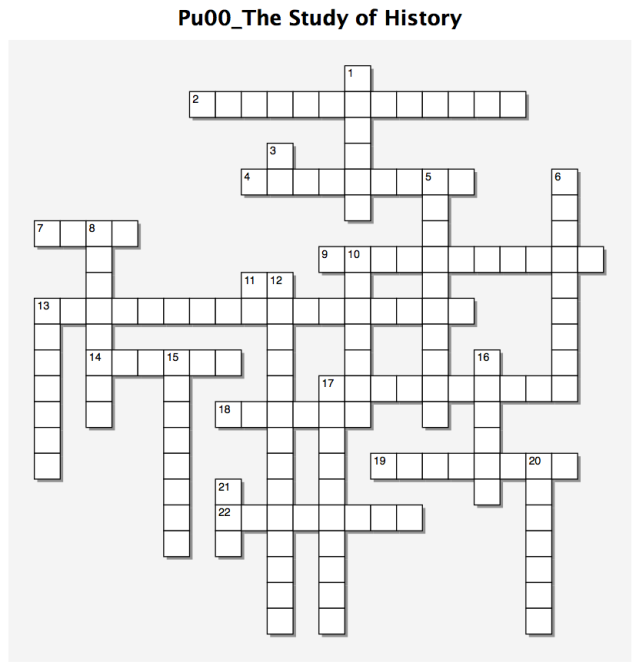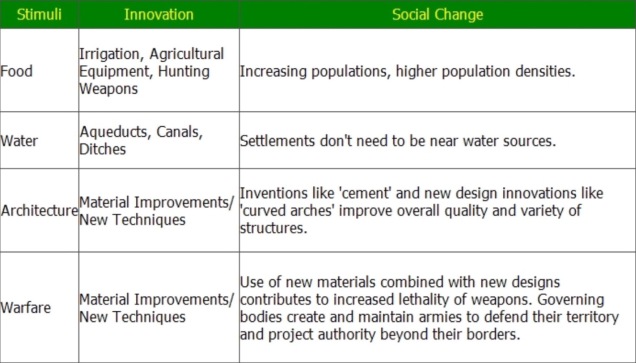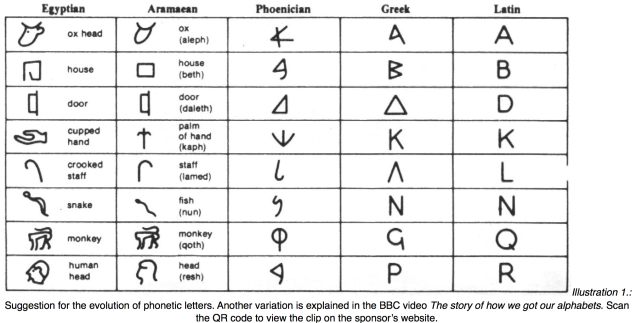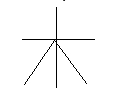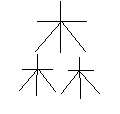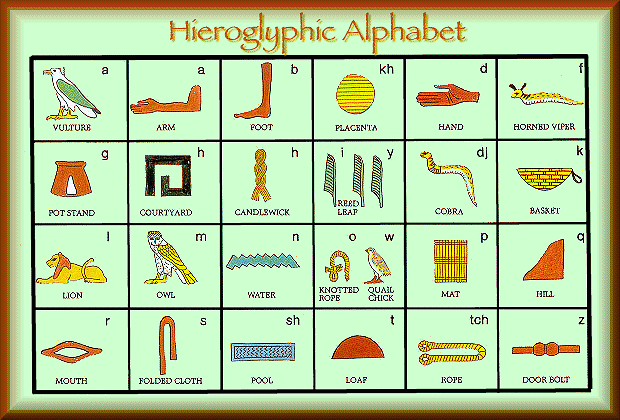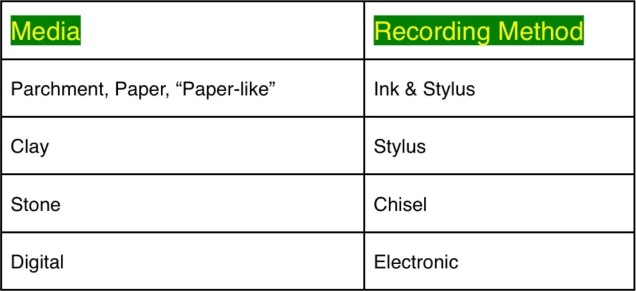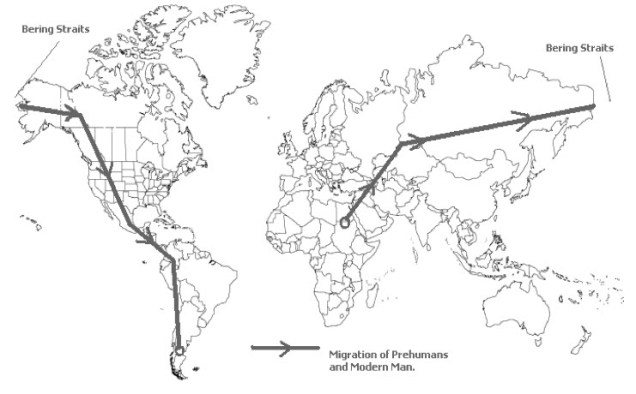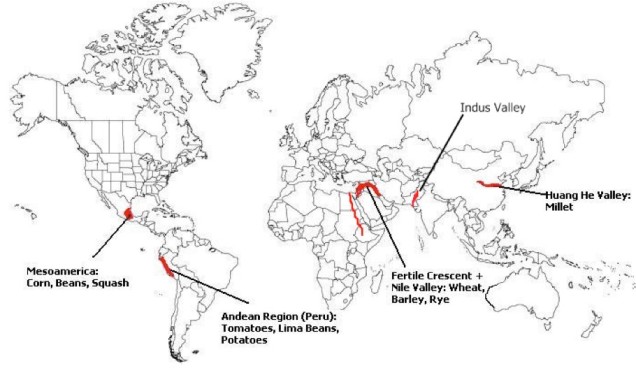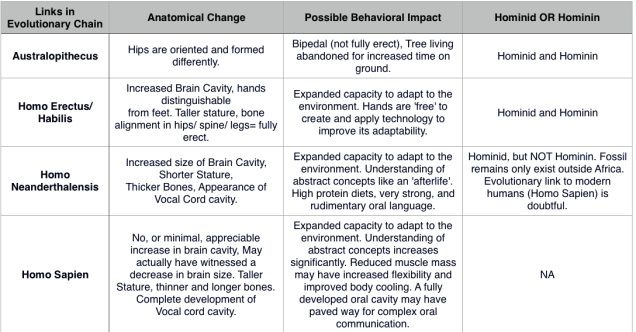AN01b3_Beginnings of Civilization- Indus Valley (Ch.02)
Timeline: 3rd Millennium – 2nd Millennium BCE (~2300 – 1750 BCE)
FS: Evidence of Planned Cities found on the Indus River
Main Idea
Of the great river valley civilizations from antiquity, the Indus Valley people (Harappans) may represent the most prosperous and developed. If we accept the remains of cities like Harappa and Mohenjo-Daro as examples of what these people could do, then they may have reached a level of development that neither Mesopotamia nor ancient Egypt witnessed.
The geologic record shows that the rise and fall of the civilization was influenced by the environment, as has its cultural heritage. Topographic features that might usually be viewed as obstacles, suggest an isolated region. Yet, history presents a long list of invaders that worked their way through the Indus valley. If you add the impact of the Monsoons, you are left with many challenges for a society to address.
I. Achievements
A. Structured, Well-Planned Cities
1. Grid layout of streets
2. Multi-storied structures constructed of uniformly-shaped (baked) brick.
3. Municipal water management: sewage, indoor pipes.
B. Environmental Interaction
1. Earthen works (levees, walls) to control river water: flood control, irrigation.
2. River aided transportation, commerce, and provided raw materials.
II. Challenges
A. Environment
- Topographic obstacles may have impeded expansion and travel, though evidence of extensive communications with areas as distant as Mesopotamia abound. Ex.: Thar Desert in the Northwest.
- Mountains from the Northwest to the Northeast.
- Geologically active area. River course may have reversed according to the archaeological record due to a massive earthquake.
- Monsoon winds reverse direction from Winter to Summer. Alternating Dry – Wet seasons with unpredictable severity.
B. Foreign Invaders
Despite the mountainous terrain in the northwest, the Indian subcontinent has had a history full of foreigners entering through this sector.
Facilitating that advance are mountain passes. These passes are gaps that act as corridors within the mountain range. One well-known pass is called the “Khyber Pass”.
Then, as now, these passes have permitted mountain herders and armies to move between the Asian continent and the Indian subcontinent.
The list of foreign invaders of the Indian subcontinent reads like a list of “Who’s Who of the Ancient World”. Among these, we would include:
- Aryans: A nomadic Indo-European language group migrated into this area ~1500 BCE. Historians have revealed that the earliest elements of the Hindu faith were contributed by this group. Other findings suggest they lacked a written language and introduced wartime machines (ie. Chariot) to the region.
- Persians: The armies of Darius I enter the subcontinent in the 6th C. BCE. They remain in control of the northwest sector for ~200 years.
- Macedonians: In the late 4th C. BCE, the combined Macedonian-Greek armies of Alexander the Great enter the subcontinent. Unlike the Persians, who Alexander conquers, the Macedonians move further East within the Indo-Gangetic plain. ‘Western’ contact with peoples of the northern plain contributes to the rise of an Indian empire that succeeds the Macedonians after Alexander’s death.
C. Where to Escape to?
The archaeological record indicates that the Indus Valley people abandoned their cities. Where could they have gone as the challenges mounted? (Assuming, of course, that they simply did not disappear)
Resources
– Merriam-Webster Online Dictionary, 6 Dec. 07
– World History: Patterns of Interaction
– Deciphering the Indus Language.
– Collapse of the Indus Valley Civilizations Explained May 2012
– Pr01b3

